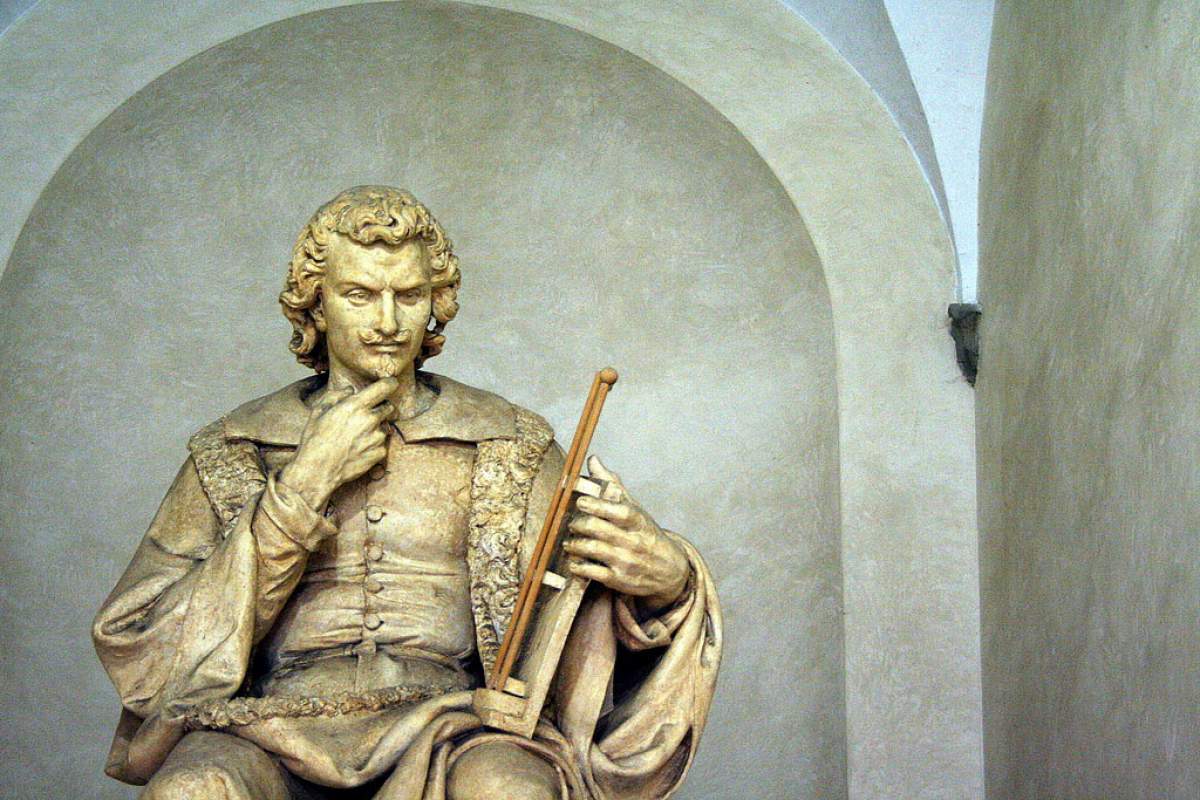
Abhorrence of a vacuum once had the status of a scientific principle. Then along came the 17th-century Italian physicist Evangelista Torricelli.
Tubes And Mercury
In his most famous experiment, Torricelli got skilled Italian glassblowers to make a long glass tube. It was basically a four-foot long test tube with a closed end.
Torricelli filled the tube with mercury, put his finger over the open end, turned the tube over, immersed the open end in a bowl of mercury, and removed his finger. The mercury in the tube didn't all run out; it fell to about 30 inches above the bowl and stopped.
Between the sealed top end of the tube and the top end of the mercury was empty space, a vacuum.
Another Experiment
The old idea was a vacuum would have pulled the mercury and held it up in the tube. Torricelli tested that idea by repeating his experiment with another tube that had a big bulb at the sealed end. The mercury fell to the same level as before, even though there was now more vacuum at the top of the tube.
Torricelli concluded the vacuum in the tube was not pulling the mercury from above. Instead, the atmosphere's weight was pushing the mercury from below by pushing down on the mercury in the bowl.
Today's terminology for Torricelli's device is a mercury barometer. We still express atmospheric pressure in inches of mercury.
It's possible to build a water barometer on the same principle. But since water is less dense than mercury, atmospheric pressure will push water higher up to about 34 feet. But no higher than that.
Sources And Further Reading:
- Based on a letter by Torricelli, translated in the anthology Moments of Discovery, ed. George Schwartz and Philip W. Bishop (1958).
- Williams, Richard. "October, 1644: Torricelli Demonstrates the Existence of a Vacuum." APS News: This month in Physics History. October 2012. Accessed September 14, 2017.









